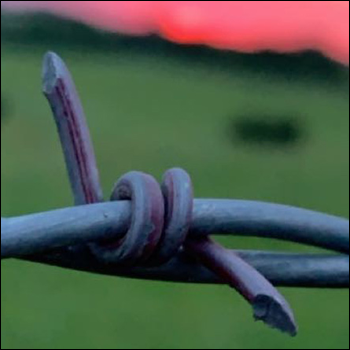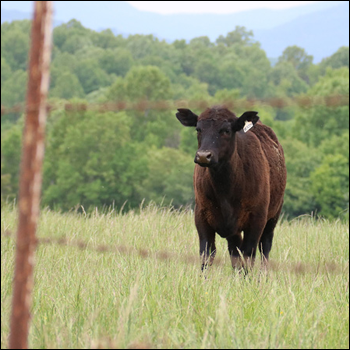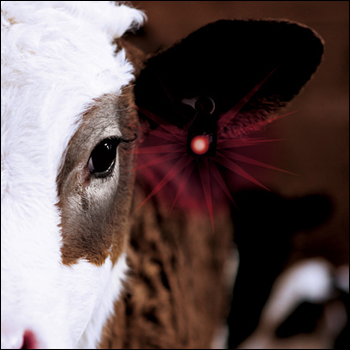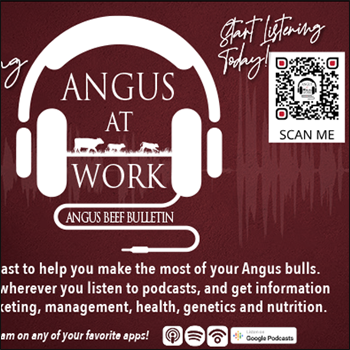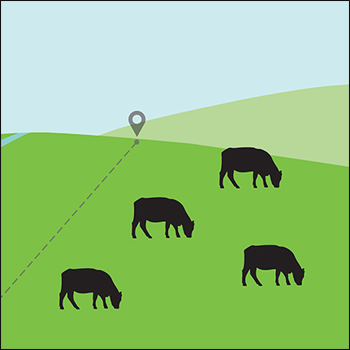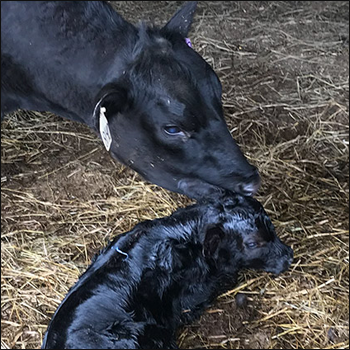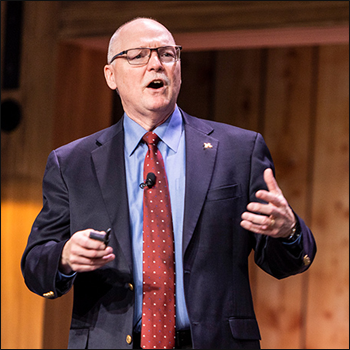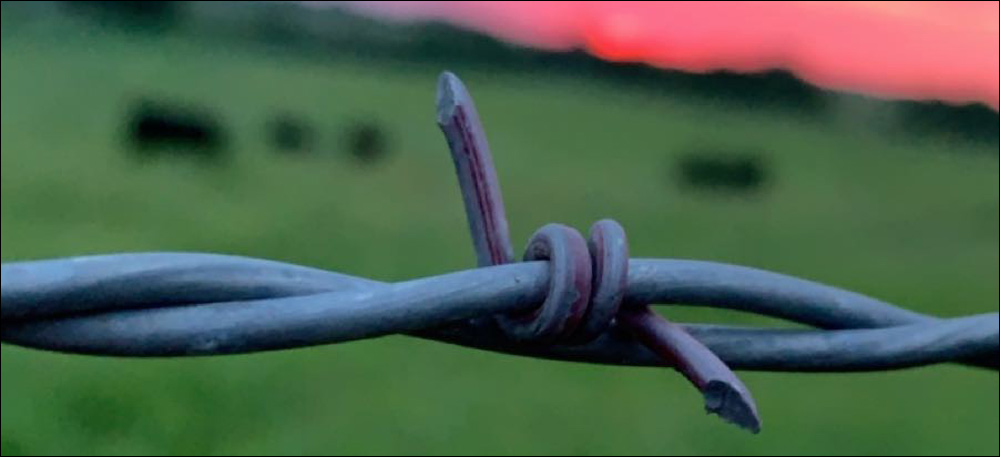
Fencing Troubleshooting Tools
Time-saving tips for troubleshooting electric fences.

Rotational grazing increases efficiency by allowing plants time to recover and produce more forage. Many marginal pastures have been greatly improved by conscientious rotation. Making cattle use small areas and moving them frequently adds more urine, manure and organic matter (litter from trampling uneaten portions of plants), which improves soil fertility and forage production. Electric fencing makes rotation quick and easy.
To keep electric fences working requires monitoring and maintenance. Steve Kenyon, a rancher near Busby, Alta., Canada, has been rotational grazing a long time and bale grazing more than 20 years. He uses electric fence in all his pastures and fields. Sometimes wildlife tear down a fence, a tree falls on it or some other problem arises, so there is always some maintenance required.
“A Smartfix fence tester/fault finder made by Gallagher is helpful. Other companies have similar testers,” says Kenyon. The testers show how much electricity is going through the wire at a certain point, but they also tell you the direction in which the fault lies and how much loss there is.
“A regular cheap fence tester only tells you how much power it has, but the Smartfix tells you which direction and how bad the fault is,” he says. “This can save hours of labor trying to find the fault.”
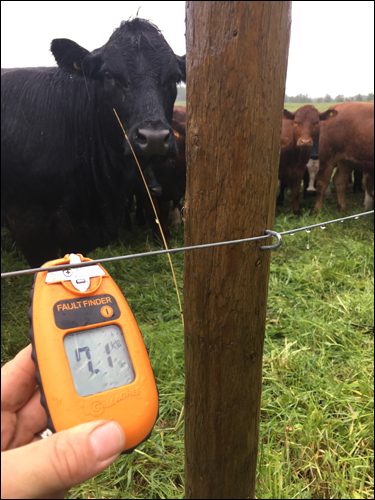 “A Smartfix fence tester/fault finder made by Gallagher is helpful. Other companies have similar testers,” says Steve Kenyon. The testers show how much electricity is going through the wire at a certain point, but they also tell you the direction in which the fault lies and how much loss there is. [Photo courtesy Steve Kenyon.] |
Farmers and ranchers tend to be frugal, buying the least expensive tools, but those may not be as helpful. Many modern energizers can be remotely turned on and off, which helps when fixing fence, but combination testers can be even more helpful. The combination testers that point out the direction of the short, and identify how much voltage is being lost are very useful. These cost more money, but just one morning trying to find one or two shorts — and being able to do it faster than you usually do — will pay for it.
“With one of these testers, you start from the fencer and work away from it,” says Kenyon. “Let’s say you check the fence near your charger, and it says there’s 20 amps of loss this direction, going away from the fencer. When you get to your first T, you test all three sides. Maybe the first side still shows 20 amps of loss, and then you test the other directions. Usually, one will be high, and one will be low. So, you know you don’t have to check the one direction, and you go the other way. You keep following it along, and every T you come to, you can check — and it should take you right to the fault.”
Kenyon says he usually finds the fault in the fence before the cows do by checking the fence daily. If there is a drop in the normal voltage of the fence, he knows there is a problem to find and fix.
This reduces the amount of labor tracking down and resolving problems.
“When I hook up a fence or check one and there’s a fault, this tells me I only have one or two fences to check, rather than all of them. I am already in that area and can check it quickly,” he says.
Another handy tip that works well for electric fence in a permanent location with a dry climate is to simply fasten electric wire to wood posts with barbed staples. Kenyon hasn’t used insulators for many years. He says fastening the wire directly to the posts saves money and time. Wildlife in his area used to knock off and break a lot of insulators. Stapling the wire to wood posts works better, he says, with less maintenance involved each spring.
Editor’s note: Heather Smith Thomas is a cattlewoman and freelance writer from Salmon, Idaho. Lead photo by Samuel Jordan from the NJAA/AngusJournal photo contest.

Angus Proud
In this Angus Proud series, Editorial Intern Jessica Wesson provides insights into how producers across the country use Angus genetics in their respective environments.
 Angus Proud: Scott Sproul
Angus Proud: Scott Sproul
Oklahoma operation learned wisdom of moving calving season to better suit their marketing needs.
 Angus Proud: Bubba Crosby
Angus Proud: Bubba Crosby
Fall-calving Georgia herd uses quality and co-ops to market calves.
 Angus Proud: Jim Moore
Angus Proud: Jim Moore
Arkansas operation retains ownership through feeding and values carcass data.
 Angus Proud: Les Shaw
Angus Proud: Les Shaw
South Dakota operation manages winter with preparation and bull selection.
 Angus Proud: Jeremy Stevens
Angus Proud: Jeremy Stevens
Nebraska operation is self-sufficient for feedstuffs despite sandy soil.

